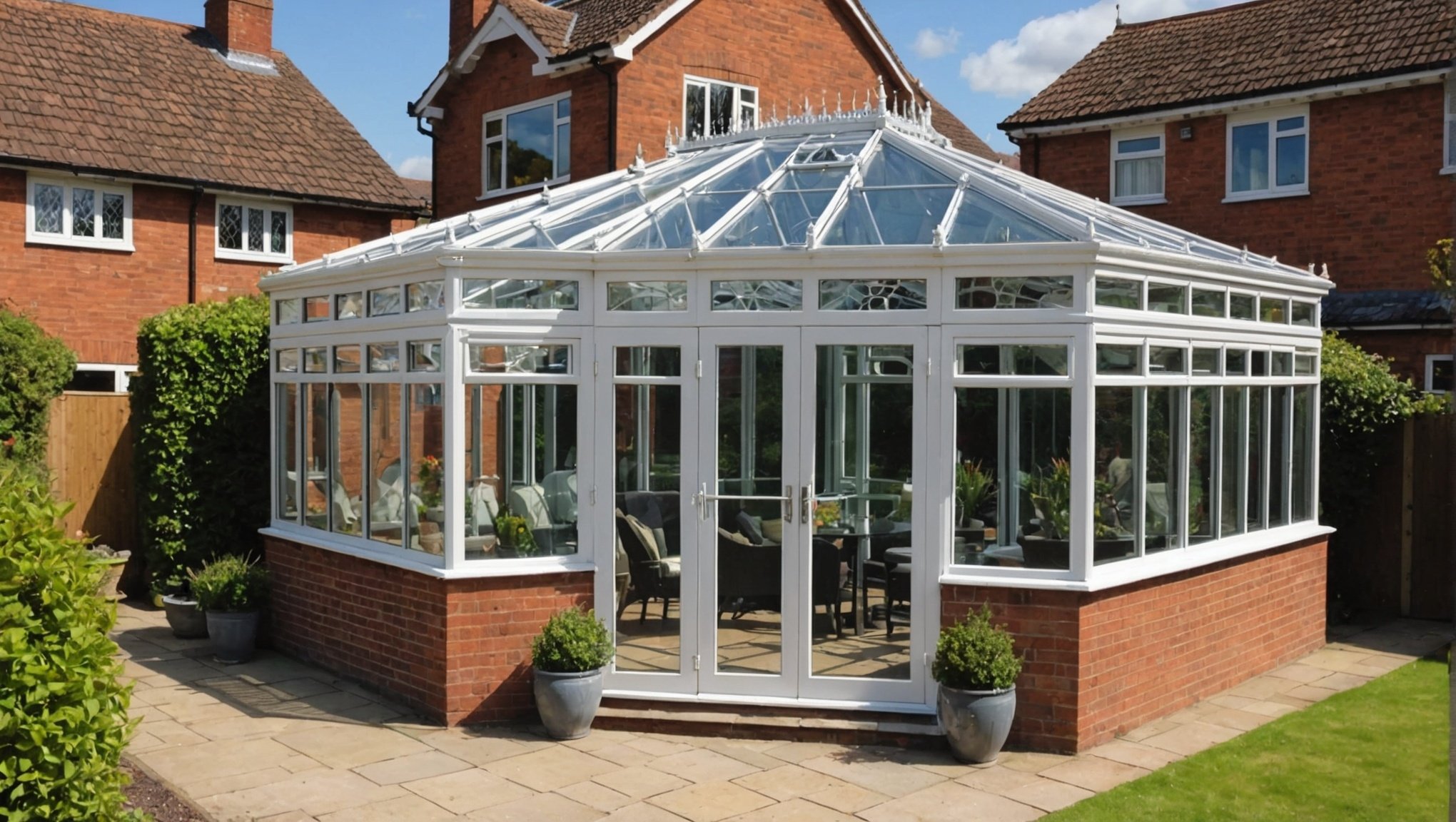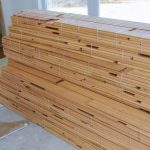Choosing the perfect conservatory for a UK heritage property can be a significant endeavour. It requires careful thought and planning. After all, it isn’t just about adding an extra room for your home; it’s about preserving the architectural integrity and historical character of your estate. In this comprehensive guide, we will explore different types of conservatories and their suitability for your UK heritage property. We will also suggest some tips to help you make the right choice.
Understand the Architectural Style of Your Property
To choose the right conservatory, you first need to understand the architectural style of your heritage property. This will guide you towards a design that complements and enhances the original structure.
A découvrir également : How can you introduce biophilic design elements into a UK home office?
UK heritage properties come in a variety of architectural styles, from Tudor and Georgian to Victorian and Edwardian. Each of these eras has its distinctive features that should be reflected in the conservatory design. For instance, a Georgian property usually features symmetrical lines and classical proportions, while a Victorian home might have more ornate detailing and complex shapes.
Your conservatory should align with these architectural characteristics, creating a seamless transition between the old and new parts of the property. This means considering factors like the design of the roof, the shape of the windows, and the decorative elements.
A lire en complément : What are the most effective ways to insulate a UK conservatory for all-year use?
Choose a Suitable Conservatory Type
Once you have a clear understanding of your property’s historical style, the next step is to select a conservatory type that matches it. There are several types of conservatories, but some of them are more suitable for heritage properties.
Lean-to Conservatories: These have a simple, clean design with a single-sloped roof. They are typically a better fit for modern homes but can be adapted for older properties with some creative design choices.
Victorian Conservatories: As the name suggests, these conservatories are perfect for Victorian properties. They often feature a bay front, a pitched roof, and ornate ridge details.
Edwardian or Georgian Conservatories: These conservatories are known for their square or rectangular shape and are a perfect match for Georgian or Edwardian style homes. They are characterised by their bold rectangular shapes and symmetrical lines.
Orangeries: Unlike the other types, orangeries are more like traditional extensions with brick walls and large windows. They offer a blend of the light and airy feel of a conservatory with the solidity of an extension. This type is ideal for most heritage properties as it can be easily designed to match the original style.
Remember, it’s not just about choosing a style that fits your property, but also one that fits your lifestyle and needs.
Consider Planning Permissions and Regulations
When planning a conservatory for a heritage property, it’s crucial to consider the relevant planning permissions and regulations. In the UK, these rules are stringent for listed buildings or properties in conservation areas to protect their historical value.
You may need to apply for planning permission or listed building consent before you can start building your conservatory. This process can be lengthy and may affect your choice of conservatory style, size, and materials. It’s advisable to consult with a planning officer or a conservation officer early in your planning process.
Furthermore, any new addition to a heritage property must comply with the UK Building Regulations. These cover aspects like structural integrity, fire safety, energy efficiency, and access. Depending on the size and type of your conservatory, you may need to obtain building regulation approval.
Use Appropriate Materials and Finishes
The materials and finishes you choose for your conservatory will have a significant impact on how well it blends with your heritage property.
For the frame, traditional materials like timber are often preferable for their classic look and feel. However, modern materials like aluminium and uPVC can be a good choice if designed and finished correctly. They offer the benefits of improved energy efficiency and lower maintenance.
Glazing is another crucial consideration. You should opt for double or triple glazing to improve energy efficiency and reduce noise. If your property is listed or in a conservation area, you may be restricted to certain types of glazing.
The colour and finish of your conservatory should also match or complement the existing property. For instance, if your property has a brick exterior, you might choose a brick base for your conservatory. Similarly, the colour of the frame should match or contrast beautifully with the rest of the property.
Seek Professional Advice
Finally, when planning a conservatory for a heritage property, it’s always a good idea to seek professional advice.
Experienced conservatory designers and installers can provide valuable insights into the best options for your property. They can help you navigate planning permissions, choose the right materials, and create a design that harmonises with your home.
In addition, consult with a conservation officer or a historical building expert. They can guide you on how to preserve the character and value of your heritage property during the project.
Choosing the right type of conservatory for a UK heritage property is a complex but rewarding process. By understanding your property’s architectural style, choosing a suitable conservatory type, considering planning permissions and regulations, using appropriate materials and finishes, and seeking professional advice, you can create a beautiful, timeless addition to your home.
Pay Attention to the Interior Design
When selecting a conservatory for a UK heritage property, the interior design is just as important as the exterior. The interior design should align with the overall style and aesthetics of your property, ensuring a seamless flow from the original parts of your home to the new conservatory.
If your property has a particular period style, such as Victorian or Georgian, you might want to reflect this in the interior design of your conservatory. This could involve choosing period-style furniture, light fixtures, or decorative elements that complement the architectural style of your property.
The flooring of your conservatory is another essential consideration. Traditional materials like stone, terracotta, or hardwood can add authenticity to a heritage conservatory. Alternatively, modern flooring options such as engineered wood or luxury vinyl tiles (LVT) can provide the look and feel of traditional materials, but with improved durability and lower maintenance.
The colour scheme of your conservatory should also harmonise with the main house. Using similar or complementary colours can help to tie the conservatory in with the rest of the property. Remember, the conservatory is an extension of your home, and as such, it should feel like a natural progression, rather than an afterthought.
Ventilation is a crucial aspect to consider in the interior design of your conservatory. A well-ventilated conservatory can prevent the build-up of condensation, which can cause damp and mould issues. Roof vents, windows that open, or even installing an air conditioning unit can help to maintain a comfortable climate in your conservatory.
Incorporating the Surrounding Landscape
Incorporating the surrounding landscape into the design of your conservatory can enhance the aesthetic appeal and improve the overall enjoyment of the space.
Consider the views from your conservatory. Are there particular aspects of your garden or the surrounding landscape that you want to highlight? Positioning your conservatory to take advantage of these views can maximise the visual connection between the inside and outside.
The orientation of your conservatory can also affect its usability. For instance, a south-facing conservatory will get more sun, which can make it a great place to grow plants, but it might also require more cooling in the summer. Conversely, a north-facing conservatory will be cooler, which may be more comfortable for year-round use, but you might need to consider additional heating during the winter months.
Remember to consider the impact of your conservatory on the surrounding garden or outdoor space. Will it cast shadows on any important outdoor areas? How will the conservatory affect the flow and circulation in your garden? Considering these factors during the design process can help to ensure that your conservatory and garden work together harmoniously.
Conclusion
Adding a conservatory to a UK heritage property is a significant investment that can enhance the value and enjoyment of your home. It’s about far more than just adding an extra room; it’s about preserving and enhancing the character and charm that make your property unique.
By paying careful attention to the architectural style of your property, selecting a suitable conservatory type, considering planning permissions and regulations, choosing appropriate materials and finishes, and seeking expert advice, you can create a conservatory that not only complements your heritage property but also meets your lifestyle needs.
Moreover, considering the interior design and the surrounding landscape can further ensure that your conservatory is a harmonious addition to your home. With careful planning and consideration, your new conservatory can become a cherished space that enhances the architectural beauty of your heritage home for generations to come.











